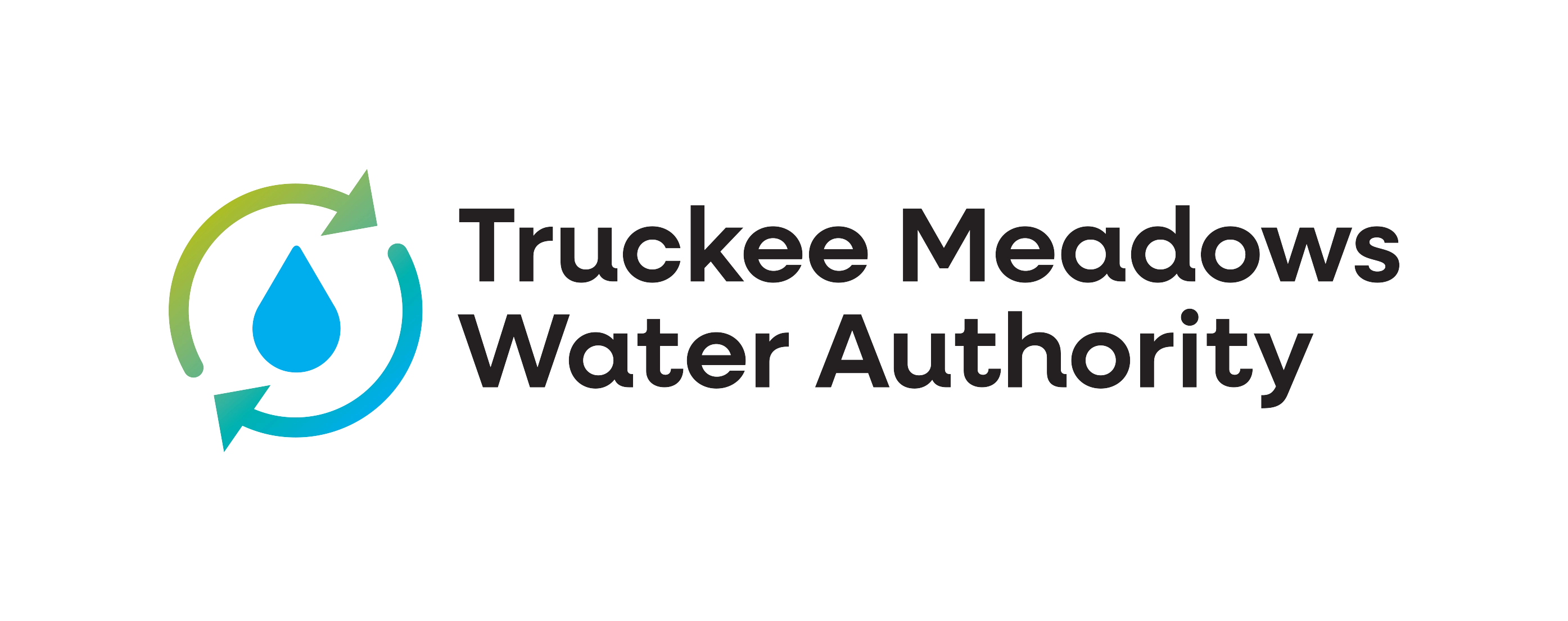Lead and Copper: What TMWA Customers Need to Know
Does Truckee Meadows Water Authority (TMWA) have lead service lines (LSL) in its distribution system?
As part of the Environmental Protection Agency’s (EPA) 2021 Lead and Copper Rule Revision (LCRR), EPA required that all public water systems complete and submit an initial service line inventory (SLI) to their State by October 16, 2024. The SLI represents both the public and private side of the water meter. TMWA complied with this requirement, where it was determined that all service lines were found to be non-lead.
Sources used to determine TMWA’s non-lead status include install/build date on or after January 1, 1990, lines greater than 2 inches in diameter, visual identification by TMWA distribution staff, design drawings, as-builts, service cards, meter retrofit project, Washoe County Assessor’s data, as well as VODA.ai LeadZero predictive modeling.
TMWA continues to conduct routine lead and copper monitoring as specified in EPA’s 1991 Lead and Copper Rule (LCR).
What is the Lead and Copper Rule?
In 1986, Congress enacted the Safe Drinking Water Act (SDWA) Amendment of 1986, which banned the use of lead in new plumbing materials. In the State of Nevada, any construction after September 30, 1989 was required to be lead-free.
The LCR was established in 1991 by EPA to protect public health and reduce lead exposure in drinking water. EPA’s action level for lead and copper are 0.015 mg/L (15 ppb) and 1.3 mg/L (1.3 ppm), respectively. A maximum contaminant level goal (MCLG) of zero was established for lead and copper, and treatment technique was required to prevent known or anticipated health effects from exposure. Part of the water treatment process is corrosion control which is used to reduce corrosion of plumbing material, keeping lead and copper from leaching into the water. EPA requires all water systems to regularly test for lead and copper from the taps of various homes through the distribution system.
On January 15, 2021, EPA implemented the LCRR to further reduce lead exposure in drinking water. Part of the LCRR required all drinking water utilities to create a SLI which must include all service lines connected to the public water distribution system regardless of ownership status. These inventories are necessary to achieve 100% removal of all lead service lines.
What is lead and copper, and how do they get into drinking water?
Lead and copper are metals that can be found naturally in our environment such as in underground rock formations. These metals may appear only in trace concentrations in drinking water through natural sources. Lead and copper in drinking water is primarily from corrosion of plumbing materials containing these metals, typically where water has high acidity. The most common sources of lead in drinking water are lead or lead-containing pipes, and brass or bronze faucets and fixtures.
Who is at risk from exposure?
Children are particularly at risk from lead exposure to drinking water. Lead is toxic and its exposure causes learning impairments, alters brain development, and affects overall health in children. Pregnant women who are exposed to lead are also of concern because the developing baby becomes vulnerable. Copper, although less toxic than lead, can cause stomach and intestinal distress, and liver or kidney damage.
How to minimize exposure to lead
TMWA is responsible for providing high-quality drinking water but cannot control the variety of materials used in plumbing components within private residences and buildings. When your water has been sitting for several hours, you can minimize the potential for lead exposure by flushing your tap for thirty seconds to two minutes before using water for drinking or cooking.
If you are concerned about lead in your water, you may wish to have your water tested by an independent certified drinking water laboratory. A list of laboratories certified for drinking water in Nevada can be found at https://ndep.nv.gov/water/lab-certification/drinking-water-testing. For more information on lead in drinking water, testing methods, and steps you can take to minimize exposure is available from the EPA’s Safe Drinking Water Hotline at (800) 426-4791 or at epa.gov/safewater/lead.
Resources
EPA – Lead and Copper Page: https://www.epa.gov/dwreginfo/lead-and-copper-rule
Nevada Division of Environmental Protection (NDEP) – Lead and Copper Page for Consumers: https://ndep.nv.gov/water/drinking-water/information-for-consumers/lead-faq
NDEP – Information on SLI: https://ndep.nv.gov/water/drinking-water/information-for-public-water-systems/lead-and-copper
NDEP – Lead Testing Program: https://ndep.nv.gov/lead
